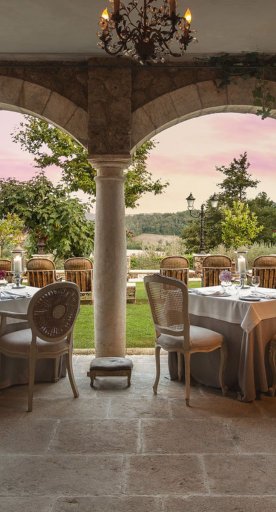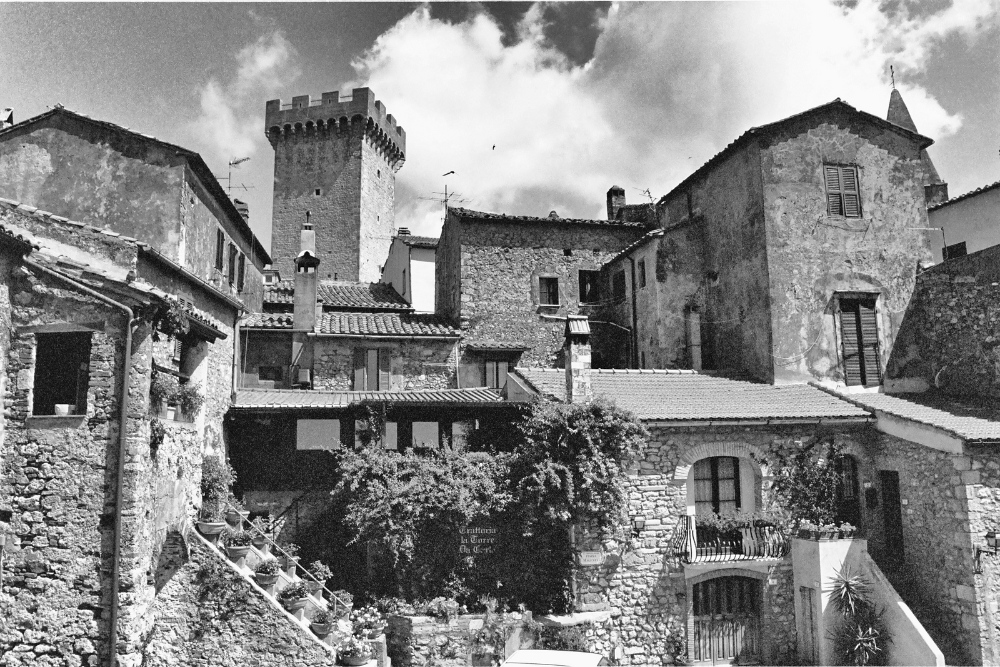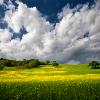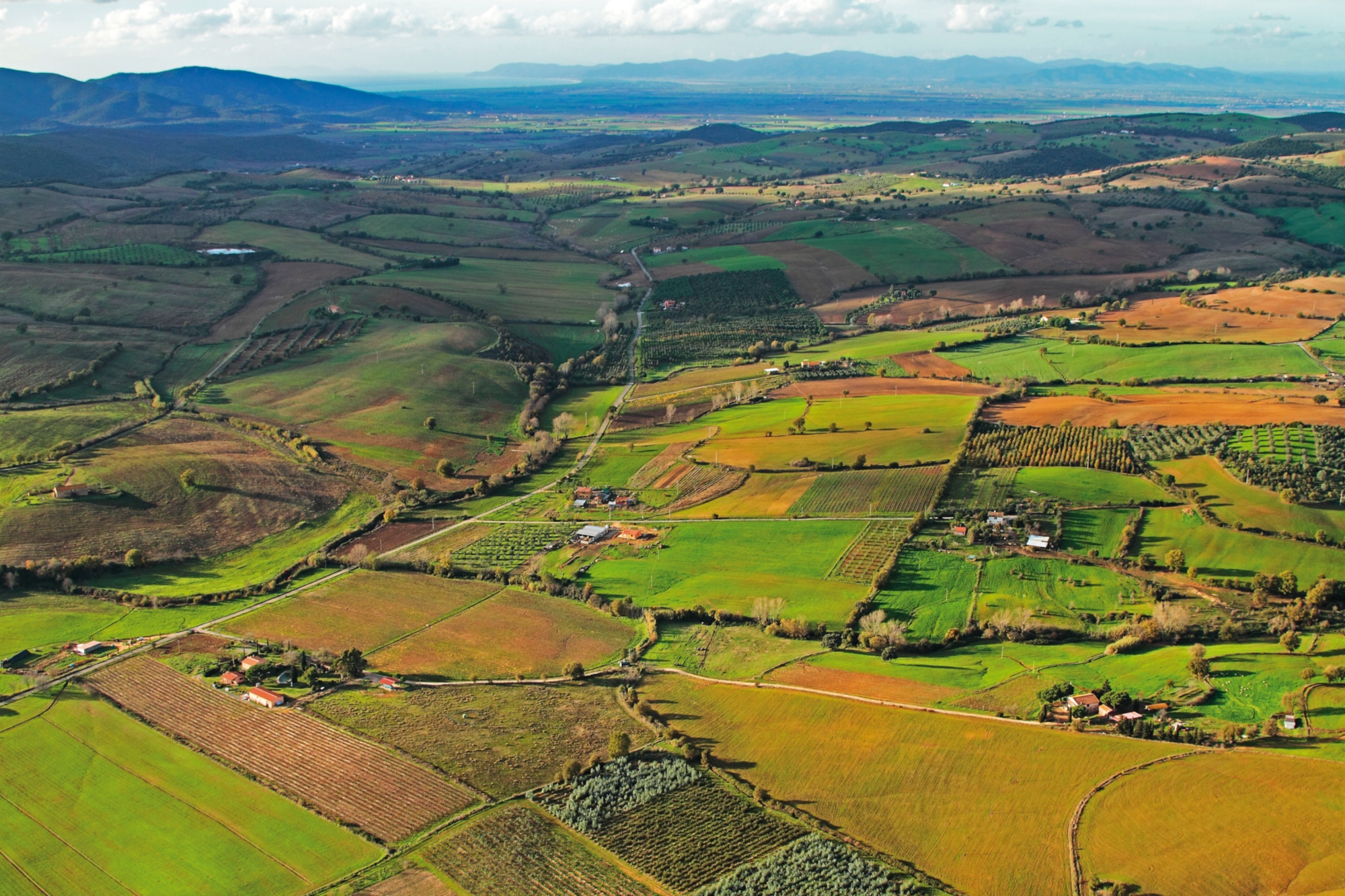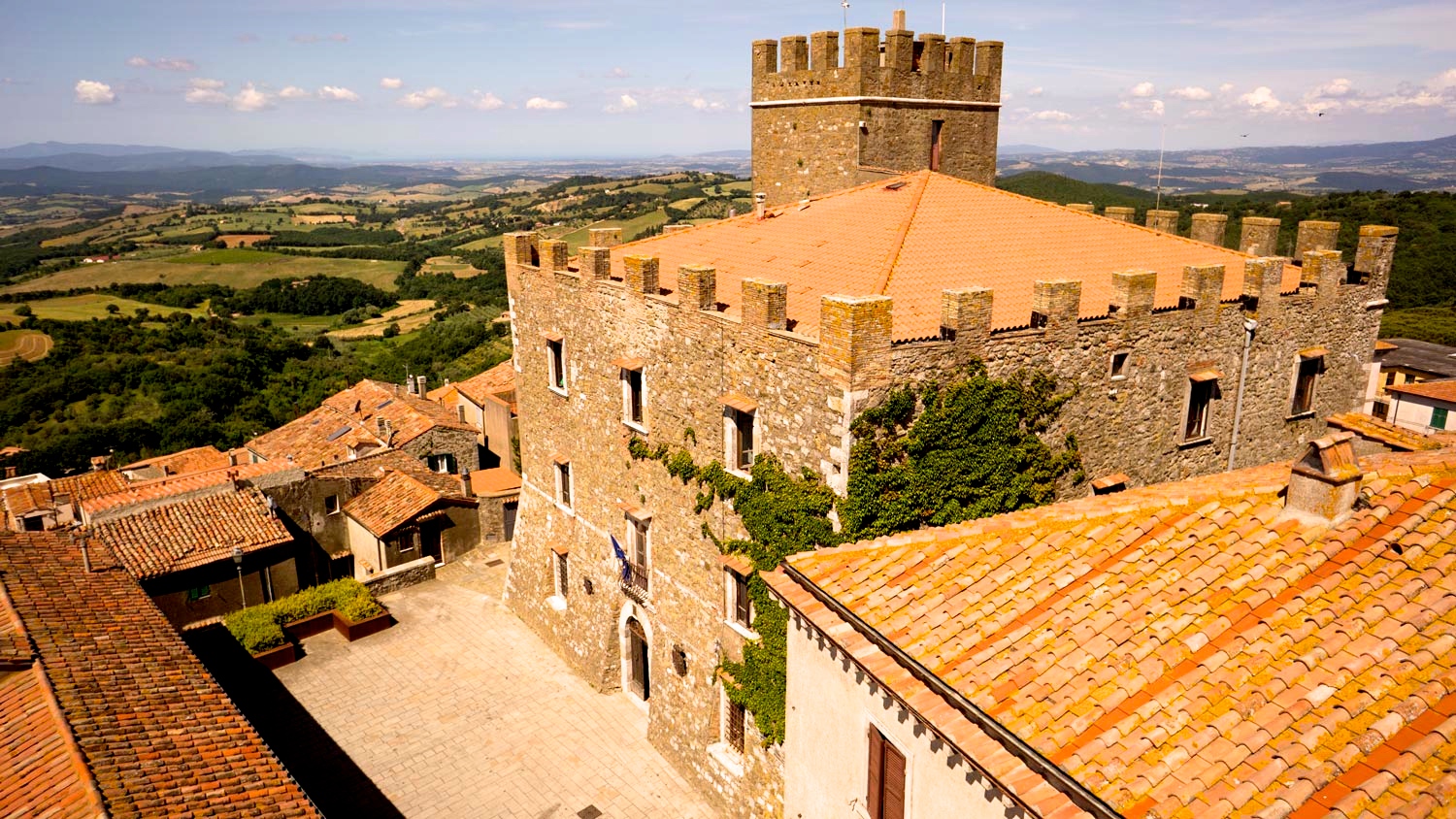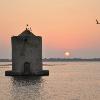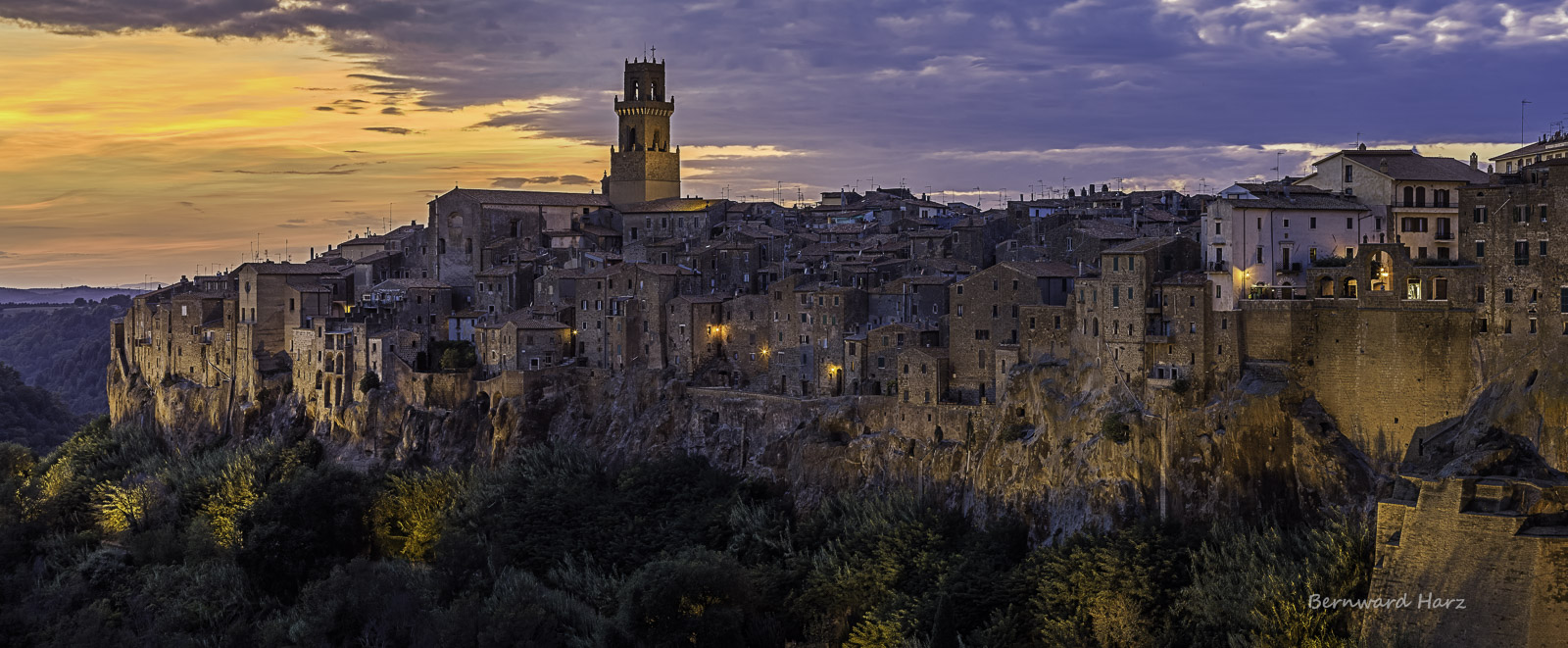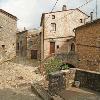On a hill in the Maremma hinterland, a few kilometers from Manciano, stands Montemerano, one of the 27 Tuscan villages included in the official list of the "most beautiful in Italy."
This fairy-tale place is protected by a wall made up of three sections, which give the structure a characteristic "heart" shape, and which inside encloses narrow streets, small squares and stone buildings with flower-filled balconies.
The original nucleus of the village, typically medieval, dates back to the period of Aldobrandeschi rule (1005-1010), to whom we owe the construction of the fortress, of which only the square tower remains today, and the city walls, which were then rebuilt in the early 15th century at the time of Sienese rule.
Entering the town from Porta del Ponte, you get to Via Italia, the main street of the village, on which open stores and stores, the doors of the ancient underground cellars, and closed porticoes, and from which branch the numerous alleys that allow one to penetrate, get lost and discover little gems such as the Piazzetta dell'Antico Frantoio, the Piazzetta di San Martino and the Piazzetta del Ritiro.
At the end of a steep slope, one reaches the arch beyond which opens the poetic and picturesque Piazza del Castello. Not far away is the Pieve di San Lorenzo, the oldest in the village (mentioned in a bull of 1188), now converted into a theater.



